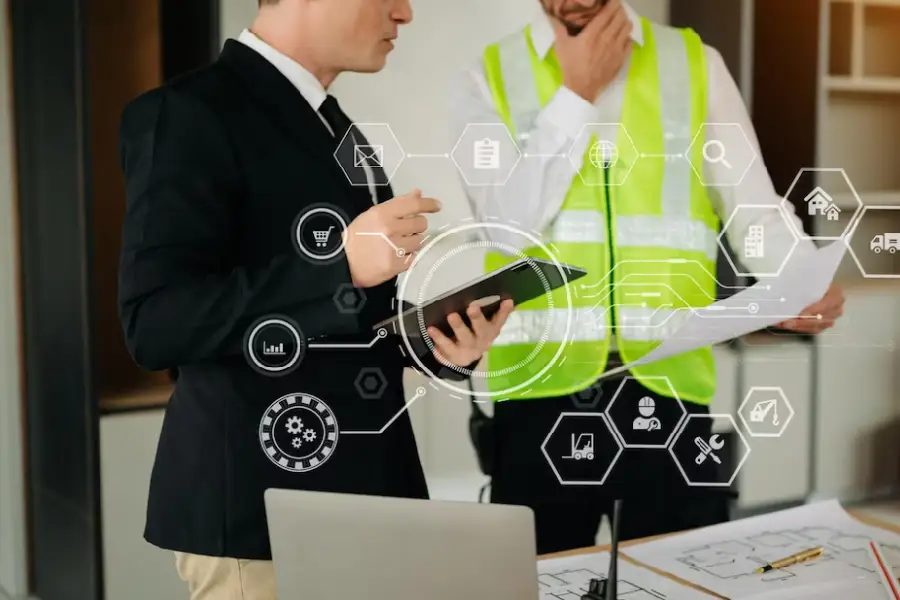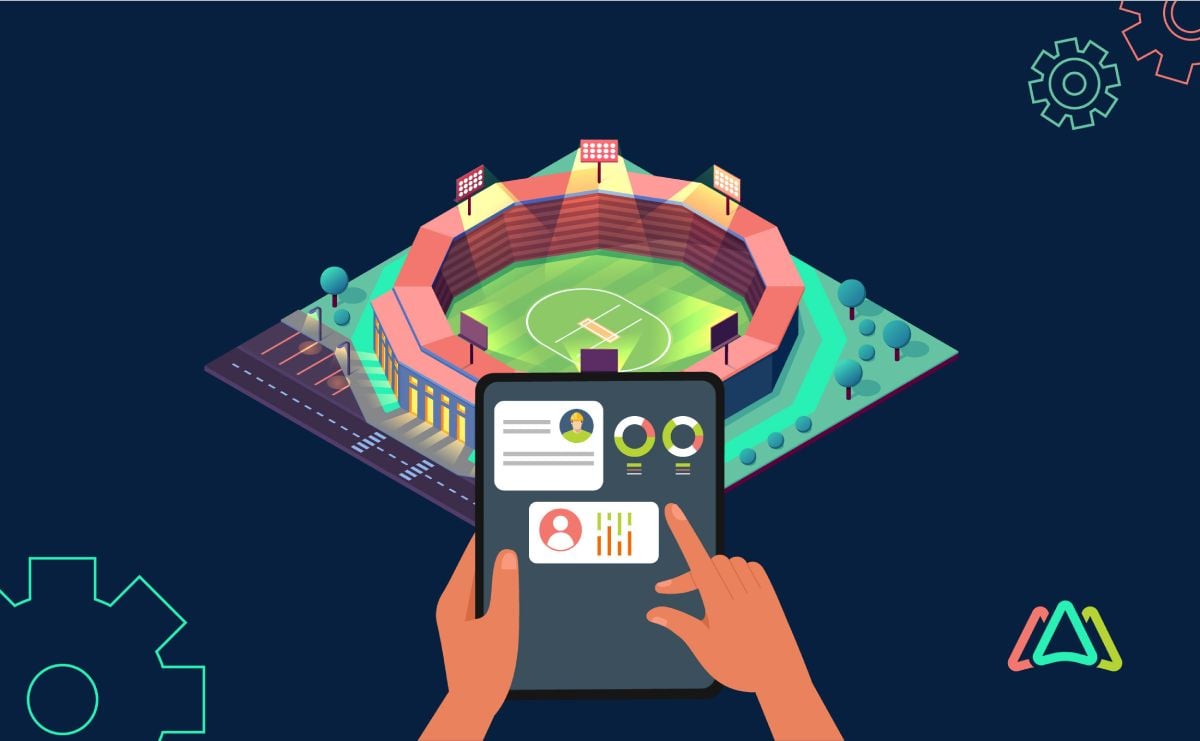Make The Most Of Efficiency and Safety: Finest Practices in Facility Administration
In today's rapidly progressing landscape, maximizing efficiency and safety and security in facility management has actually come to be an essential emphasis for organizations making every effort to improve functional efficiency. By integrating clever innovation, focusing on upkeep protocols, and cultivating a society of security, facility supervisors can significantly enhance both efficiency and compliance.
Embrace Smart Technology

Applying clever sensing units and automation systems allows for accurate tracking of environmental problems, occupancy degrees, and devices performance. This data-driven approach not just notifies decision-making yet also sustains predictive upkeep, reducing downtime and expanding property life. Furthermore, clever modern technology enhances user experience by producing adaptive atmospheres that respond to the requirements of passengers.
Integrating wise systems additionally promotes sustainability efforts, such as energy-efficient lighting and HVAC systems, contributing to minimized carbon impacts. By welcoming these developments, facility managers can make certain that their operations remain affordable, resistant, and lined up with contemporary sustainability goals. Eventually, the change in the direction of smart innovation stands for a transformative action in redefining facility management for a more effective and sustainable future.
Prioritize Routine Maintenance
Routine maintenance is vital for making sure the longevity and performance of facility procedures. A well-structured maintenance program not only expands the life of devices and infrastructure yet also reduces the likelihood of unexpected failings that can interfere with procedures. By prioritizing regular upkeep, facility supervisors can determine possible problems early, permitting prompt interventions that minimize expensive fixings and downtime.
Developing a routine maintenance routine is essential. This need to consist of normal assessments, maintenance, and essential repair work for all equipment, HVAC systems, pipes, and electric systems. Utilizing a computerized upkeep administration system (CMMS) can improve this process, giving tracking and alerts for upcoming upkeep jobs.
In addition, fostering a culture of accountability amongst team enhances the effectiveness of upkeep initiatives. Educating workers to report and identify upkeep concerns can cause aggressive management instead of responsive feedbacks. In addition, documenting maintenance tasks makes sure conformity with safety and security policies and offers important insights for future planning.
Implement Safety Training Programs
A thorough safety and security training program is crucial for cultivating a safe and secure workplace in any kind of center. Facility Management. Such programs outfit employees with the understanding and abilities essential to determine hazards, carry out safety methods, and react efficiently in emergencies. By focusing on safety training, organizations can substantially decrease the danger of injuries and crashes, thus improving total performance
To execute an effective safety and security training program, it is critical to customize the content to the particular demands of the facility and its operations. This includes conducting a thorough danger evaluation to recognize prospective dangers one-of-a-kind to the office. Training needs to encompass a range of topics such as appropriate tools use, emergency situation emptying procedures, and initial aid techniques.
Additionally, it is crucial to involve workers you could try these out proactively throughout training sessions. Making use of hands-on presentations and real-life circumstances can improve understanding and retention of safety practices. Regular refresher courses need to additionally be arranged to maintain safety and security awareness at the forefront.
Optimize Space Use
Reliable area use is an essential element of facility management that directly impacts functional performance and cost-effectiveness. Organizations often deal with underutilized or jammed areas, bring about inadequacies and increased expenditures. To maximize room application, facility managers need to carry out routine evaluations to recognize just how areas are presently being utilized and where enhancements can be made.
Implementing adaptable work space designs, such as open workplace formats or modular furnishings, can significantly improve adaptability to changing needs. Furthermore, leveraging technology, such as area monitoring software, can provide valuable understandings into tenancy patterns and assist recognize underused locations.

Establish Clear Communication Networks
Optimizing space usage usually discloses the demand for robust interaction methods within a center. Clear communication channels are vital for assisting in effective partnership amongst team, maintenance groups, and monitoring. By developing these channels, center managers can make sure that info moves seamlessly regarding room use, operational modifications, and safety and security protocols.
Executing a multi-faceted interaction strategy-- incorporating digital systems, such as emails and group collaboration tools, with in person communications-- can substantially boost engagement and details circulation. Routine meetings should be scheduled to go over recurring jobs, address issues, and share updates. Furthermore, creating a centralized details hub, such as an intranet, permits staff members to accessibility crucial records and news quickly.
In addition, feedback devices are necessary to determine the performance of interaction techniques. Encouraging team to share their understandings can additional hints cause enhancements and foster a society of openness. Training programs concentrated on communication skills can better equip employees to convey info clearly and properly.
Eventually, developing clear communication networks not only optimizes effectiveness yet likewise enhances safety and security by making certain that every person is educated and lined up with the facility's operational goals.

Final Thought
Finally, the integration of smart technology, routine maintenance, detailed security training, optimized area application, and effective communication channels jointly improves efficiency and safety and security in center monitoring. By leveraging IoT and AI for real-time monitoring, organizations can decrease functional costs while making sure compliance with safety and security laws. A proactive method to maintenance and training fosters a more secure office atmosphere, eventually bring about enhanced productivity and business success. These best practices offer as essential elements for efficient facility monitoring.
In today's swiftly evolving landscape, making the most of efficiency and safety in facility management has come to be a vital focus for organizations making every effort to boost operational efficiency. By integrating wise innovation, focusing on upkeep protocols, and promoting a culture of security, center supervisors can considerably boost both productivity and compliance.To implement an effective security training program, it is important to customize the material to visit site the particular demands of the center and its operations. By developing these channels, center supervisors can ensure that information moves flawlessly pertaining to area use, operational changes, and security procedures.
In conclusion, the integration of smart modern technology, normal maintenance, thorough security training, optimized space utilization, and efficient interaction channels collectively boosts efficiency and safety in center monitoring. - Facility Management